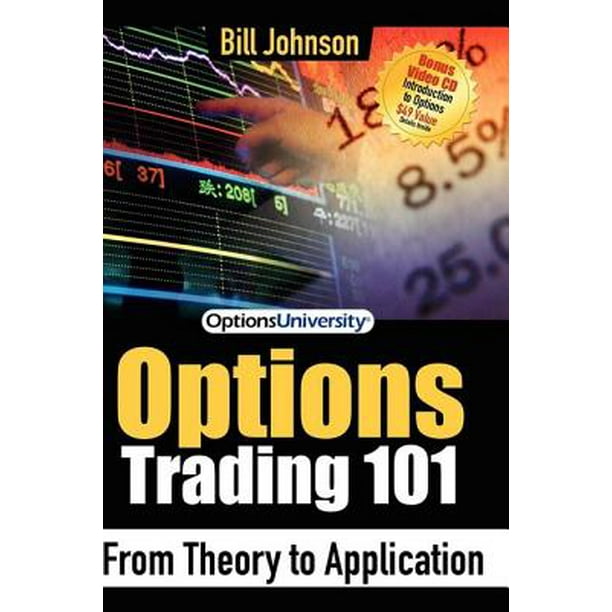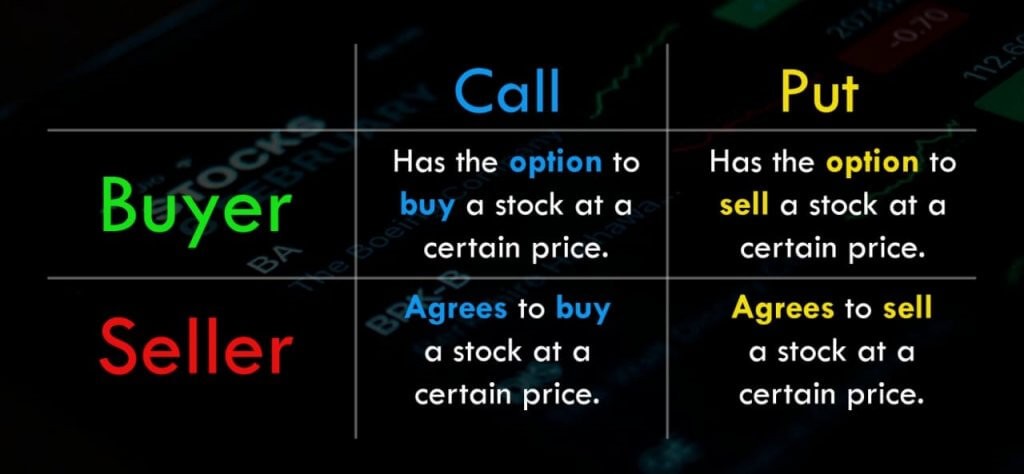Unlock the Potential of Options Trading with This Informative Video
Delve into the world of options trading with our exclusive video tutorial, “Options Trading 101.” This comprehensive guide, meticulously crafted for beginners, unravels the complexities of this dynamic market. Join us as we unveil the fundamentals, strategies, and nuances of options trading, empowering you to make informed decisions and navigate the financial landscape like a pro.

Image: shop.mysa.com
Embark on this educational journey and discover the power of options contracts. Expand your financial literacy and seize opportunities in the ever-evolving world of investing. Whether you aspire to generate passive income, hedge against risks, or capitalize on market fluctuations, our expert video tutorial will illuminate the path to success.
Understanding the Essence of Options Trading
Options trading revolves around the notion of contracts that grant the holder the right, not the obligation, to buy or sell an underlying asset at a predetermined price within a specified timeframe. This unique feature distinguishes options trading from traditional stock or futures trading.
As the name suggests, options confer options, not guarantees. The buyer of an option has the flexibility to exercise their right to buy or sell the underlying asset or allow the contract to expire without taking action. The seller, on the other hand, has the corresponding obligation to fulfill the buyer’s request, should they choose to exercise the option.
Exploring the Types of Options Contracts
The realm of options trading encompasses two primary types of contracts: calls and puts. Each type grants different rights and obligations, tailored to specific market conditions. Understanding their distinct characteristics is paramount for successful options trading.
Call options empower the holder with the right to buy the underlying asset at a predetermined price, known as the strike price. When the market price of the asset surpasses the strike price, the call option becomes valuable, as it enables the holder to acquire the asset at a favorable price.
In contrast, put options grant the holder the right to sell the underlying asset at the strike price. When the market price of the asset falls below the strike price, the put option gains value, as it allows the holder to sell the asset at a guaranteed price, mitigating losses.
Leveraging Options Trading Strategies
Options trading offers a diverse array of strategies, each designed to suit varying market scenarios and investor objectives. By mastering these strategies, you can unlock the full potential of this dynamic financial instrument.
- Covered Call: Generate income by selling call options against underlying shares you own, creating a potential premium without relinquishing ownership.
- Protective Put: Safeguard your investments by purchasing put options on assets you hold, protecting against potential downturns in the market.
- Bull Call Spread: Express bullish sentiment while limiting risk by purchasing a lower strike price call option and simultaneously selling a higher strike price call option.
- Bear Put Spread: Convey bearish market expectations by selling a lower strike price put option and buying a higher strike price put option.

Image: www.walmart.com
Mastering the Options Trading Jargon
Like any specialized field, options trading possesses its own lexicon of terms. To navigate this market effectively, familiarizing yourself with key jargon is essential.
- Premium: The price paid for an options contract, representing the value of the option’s rights.
- Strike Price: The predetermined price at which the underlying asset can be bought (call option) or sold (put option).
- Expiration Date: The date on which the options contract expires, rendering it worthless if not exercised.
- In the Money: When the market price of the underlying asset is favorable to the option holder, making it profitable to exercise the option.
- Out of the Money: When the market price of the underlying asset is unfavorable to the option holder, rendering the option worthless upon expiration.
Navigating Market Trends and Developments
Staying abreast of the latest trends and developments in options trading is crucial for making informed decisions and adapting to market dynamics. By tapping into industry updates, news sources, and community forums, you can gain valuable insights and stay ahead of the curve.
Our video tutorial incorporates real-world examples and case studies to illustrate the practical applications of options trading strategies. By connecting theory to practice, we empower you to apply your newfound knowledge in the real world and make profitable trades.
Tips and Expert Advice from Seasoned Traders
To further enhance your options trading journey, we have compiled a collection of invaluable tips and expert advice from seasoned traders. By adopting these insights, you can refine your approach and maximize your chances of success.
- Start Small: Begin with smaller trades to build your confidence and understanding of the market.
- Define Your Strategy: Carefully consider your trading objectives and develop a tailored strategy that aligns with your risk tolerance.
- Manage Your Risk: Implement risk management techniques such as stop-loss orders and position sizing to minimize potential losses.
- Stay Disciplined: Adhere to your trading plan and avoid emotional decision-making.
- Seek Learning Opportunities: Continuously expand your knowledge by reading books, attending workshops, and engaging in online forums.
FAQs about Options Trading
To address common queries and provide clarity on key concepts, we have compiled a comprehensive FAQ section below:
- What is the difference between options trading and stock trading?
- Can I lose more money than I invest in options trading?
- What factors influence the price of options contracts?
Stock trading involves buying or selling shares of a company, whereas options trading grants the right, but not the obligation, to buy or sell an underlying asset at a predetermined price within a specified timeframe.
Yes, options trading carries inherent risks, and it is possible to lose more than the amount invested. Therefore, it is crucial to trade responsibly and understand the potential risks involved.
The price of options contracts is influenced by various factors, including the underlying asset’s price, volatility, time to expiration, interest rates, and supply and demand.
Options Trading 101 Video

Image: www.markettradersdaily.com
Conclusion
Our “Options Trading 101” video tutorial provides a comprehensive foundation for understanding the nuances and intricacies of options trading. By mastering the concepts, strategies, and jargon presented in this guide, you can unlock the potential of this dynamic financial instrument and embark on a path to successful trading. Remember, continuous learning, a disciplined approach, and effective risk management are key to maximizing your performance in the options market.
If you are intrigued by the world of options trading and eager to explore its possibilities, we encourage you to delve deeper by accessing our exclusive video tutorial today. Join us on this educational journey and elevate your financial literacy to new heights.






